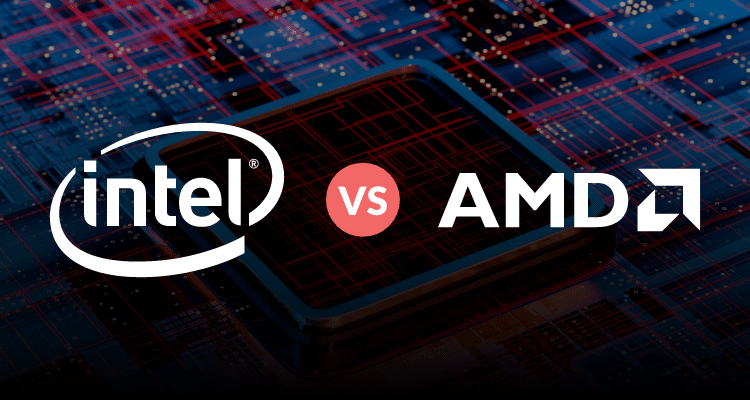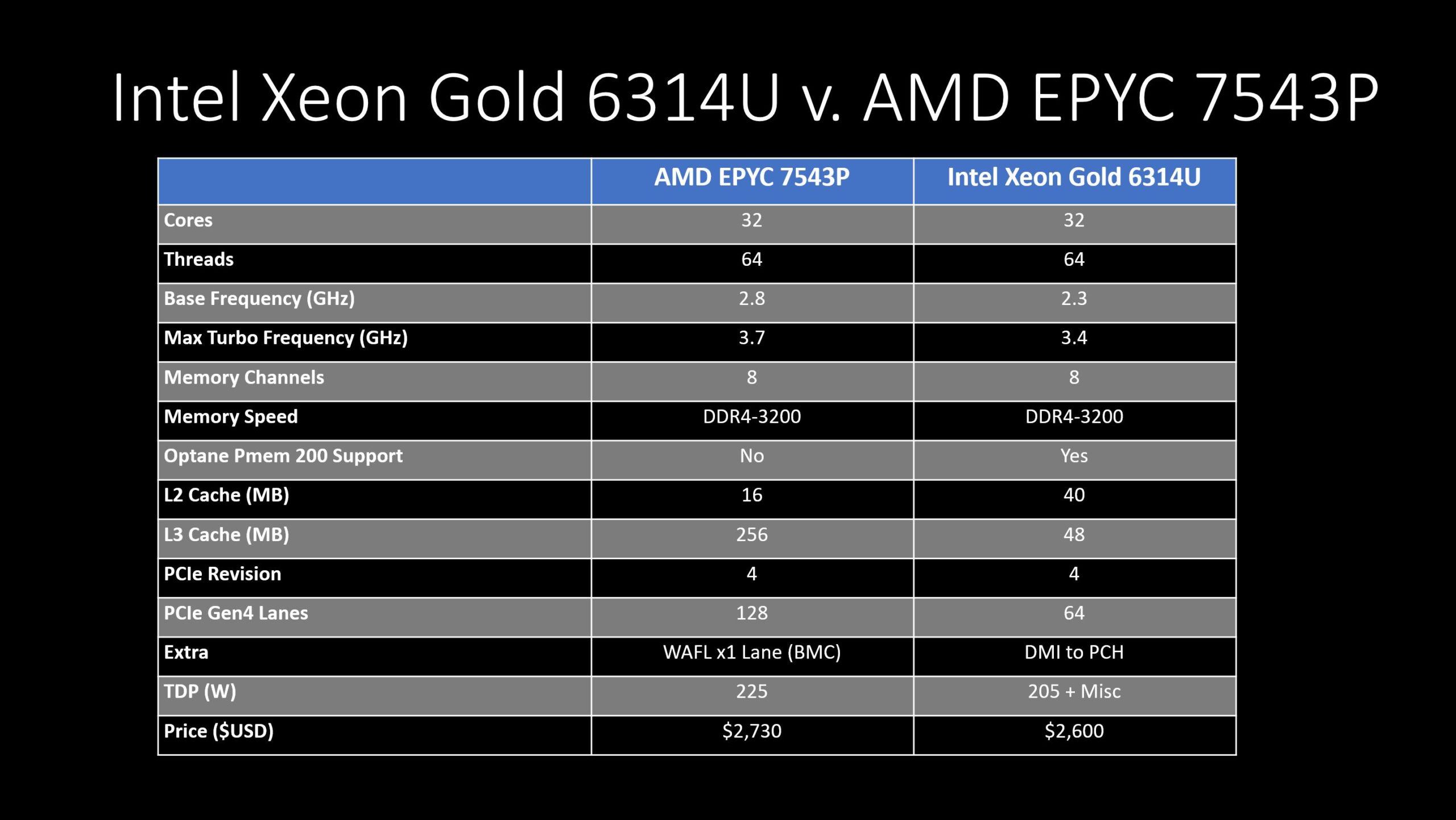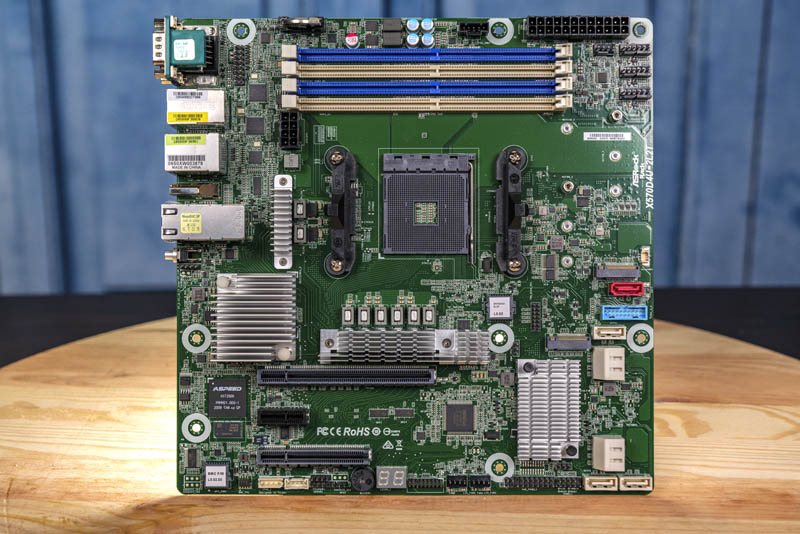
Choosing CPU for server tasks – Intel or AMD?
Ryzen or Xeon for a VPS node?
When it comes to choosing a processor for a Virtual Private Server (VPS) node, there are two main contenders on the market: AMD’s Ryzen and Intel’s Xeon. Each processor offers unique advantages and disadvantages, so which one is the better choice for a VPS node? Let’s take a closer look.
AMD’s Ryzen processors are designed for high-end desktop and gaming applications, but they’ve also carved out a space in the server world. Ryzen processors are known for their high performance and affordability, making them a popular choice for small and medium-sized businesses. Ryzen processors offer a higher number of cores and threads than Intel’s Xeon, which can lead to better multitasking and support for more virtual machines on the same hardware.
Intel’s Xeon processors have a long history in the server market and are commonly used in data centers and other high-performance environments. Xeon processors are known for their reliable performance, stability, and advanced features such as Hyper-Threading and high memory support. Xeons also offer better compatibility with enterprise-class software and virtualization platforms, making them a popular choice for larger businesses.

So, which one is the better choice for a VPS node? It depends on your specific needs and budget. If you’re looking for an affordable VPS solution that can support a high number of virtual machines, AMD’s Ryzen processors are the way to go. They offer excellent pricing, high core counts, and strong performance.
On the other hand, if you prioritize reliability and stability, and have the budget to invest in high-end server hardware, Intel’s Xeon processors are a great choice. They have a proven track record in mission-critical environments and offer advanced features and compatibility with enterprise-level software.
It’s worth noting that both Ryzen and Xeon processors are constantly improving, with each new generation offering better performance and features. It’s important to stay up-to-date on the latest offerings from both brands in order to make an informed decision for your VPS node.
Both Ryzen and Xeon processors offer unique advantages and are well-suited for VPS node applications. It ultimately depends on your specific budget and needs, so make sure to research both options thoroughly before making a decision.
Building a server with AMD EPYC – not the cheapest, but the best choice
Using an EPYC CPU for a KVM VPS node offers a range of benefits for businesses that need high-performance virtualization. EPYC CPUs are designed by AMD specifically for server use, offering impressive performance benchmarks and a range of features that are ideal for virtualized environments.

One of the primary benefits of EPYC CPUs for KVM VPS nodes is their high core counts. EPYC processors can support up to 64 cores per socket, allowing for a higher number of virtual machines to be run on the same hardware. This is especially useful for businesses that need to run multiple VMs simultaneously.
EPYC CPUs also offer a large amount of memory support, with up to 4TB of RAM per socket. This is ideal for businesses that need to run memory-intensive applications, such as large databases or complex computational workloads.
In addition, EPYC CPUs offer advanced features such as Secure Memory Encryption, which helps protect against malicious attacks on memory data. This can be especially important for businesses that handle sensitive data, such as customer information or financial records.
Using an EPYC CPU for a KVM VPS node can provide a range of benefits, including high core counts, faster memory support, and advanced security features. As with any server hardware decision, it’s important to carefully consider your specific business needs and budget before making a final decision.
Sources: AMD – http://amd.com/, Intel – https://intel.com

This article incorporates information and material from various online sources. We acknowledge and appreciate the work of all original authors, publishers, and websites. While every effort has been made to appropriately credit the source material, any unintentional oversight or omission does not constitute a copyright infringement. All trademarks, logos, and images mentioned are the property of their respective owners. If you believe that any content used in this article infringes upon your copyright, please contact us immediately for review and prompt action.
This article is intended for informational and educational purposes only and does not infringe on the rights of the copyright owners. If any copyrighted material has been used without proper credit or in violation of copyright laws, it is unintentional and we will rectify it promptly upon notification. Please note that the republishing, redistribution, or reproduction of part or all of the contents in any form is prohibited without express written permission from the author and website owner. For permissions or further inquiries, please contact us.



